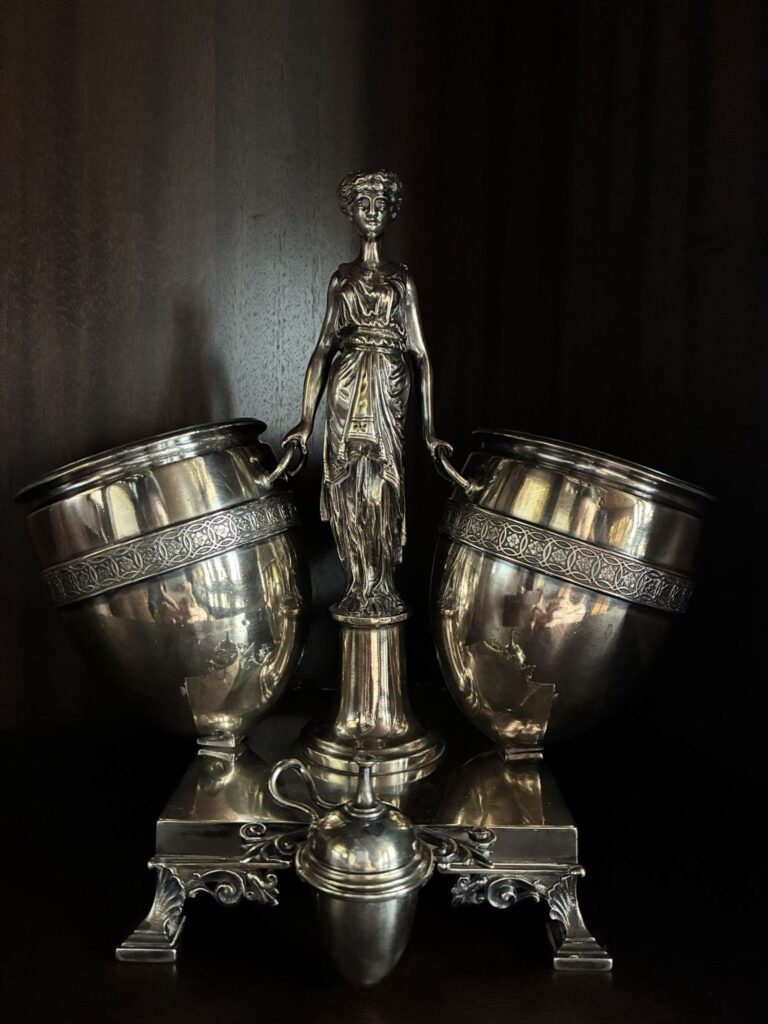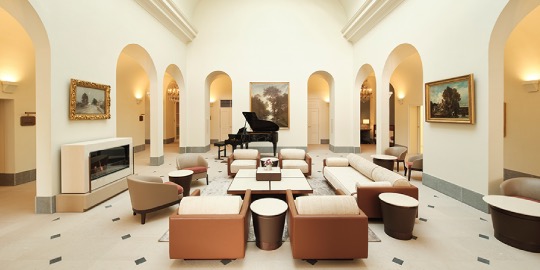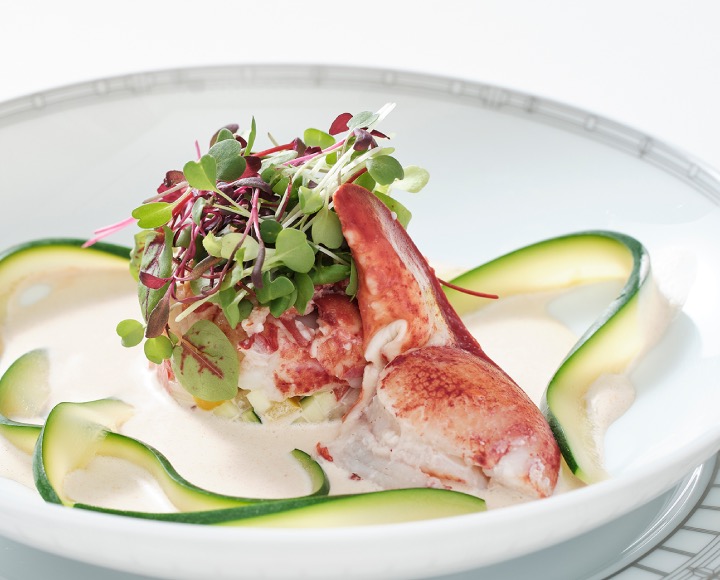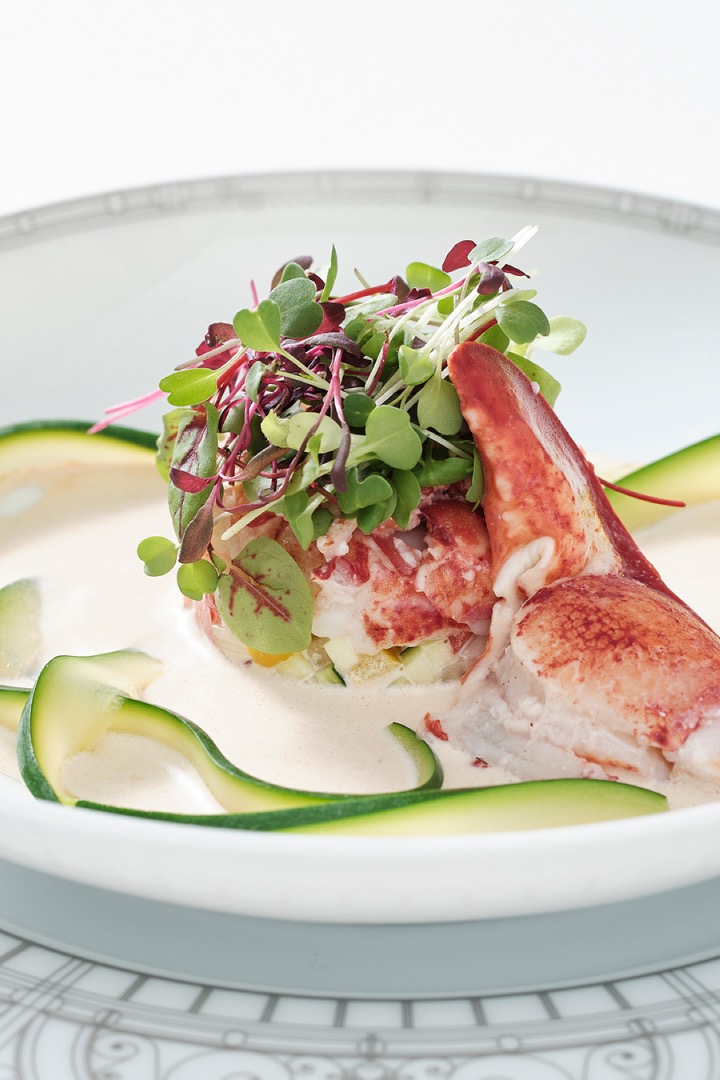Our hotel features a dedicated Cigar Room where guests can indulge in the pleasure of fine cigars.
After savoring French cuisine at our restaurant Le Jardin, you may enjoy an elegant moment accompanied by a digestif or chocolate.
The lingering aroma and peaceful atmosphere create an incomparable moment of refined indulgence.

This article explores the fascinating world of cigars.
Cigars are among the oldest forms of tobacco, with origins tracing back to the civilizations of Mesoamerica, around present-day Mexico. Introduced later to Europe, cigars remained largely a regional Spanish pleasure until the early 19th century, when Napoleon’s invasion of Spain helped spread them across the continent.
Thereafter, it became customary for gentlemen to gather in cigar rooms after dinner, and dedicated lounges began to appear in luxury hotels and on trains, reflecting the cultural sophistication of cigar appreciation.
Cigars, like potatoes, tomatoes, or the materials used for Panama hats, are just some of the many things that originated in the Americas and went on to influence Europe. Today, it is almost impossible to imagine French cuisine without potatoes, Italian cuisine without tomatoes, a resort without men and women wearing Panama hats, or a fine hotel without a cigar room.
These examples stand as a reminder of how profoundly the discovery of the New World transformed the culture of the Old Continent.

A cigar is composed of three parts: the wrapper, the binder, and the filler.
The filler forms the core of the cigar, and the type and blend of tobacco leaves used here determine its fundamental flavor and aroma.
The binder is the leaf that holds the filler tightly together, while the wrapper, the outermost leaf, ensures an even burn of the entire cigar.
Smoking a cigar is a distinctive ritual: the tip is cut before lighting, allowing one to slowly savor the flavor while enjoying the unique gestures of the experience.
While premium cigars come from countries such as the Dominican Republic, Nicaragua, and Honduras, Cuban cigars remain especially renowned for their traditional handcrafting and high quality.
Cuba, the birthplace of the cigar and still the world’s largest producer, crafts cigars made entirely from Havana tobacco, used for the filler, binder, and wrapper.
For this reason, they are called “Havanas” or “Havana cigars”.
Additionally, since the state-owned company Habanos S.A. manages the distribution of all Cuban cigars, they are often simply referred to as “Habanos”.
Today, there are more than 30 cigar brands, including several major ones, each with its own devoted following. This passion is especially evident in Europe, where Havana cigars are most widely enjoyed. Among them, Cohiba, Romeo y Julieta, Montecristo, Partagás, and Hoyo de Monterrey are particularly renowned and often referred to as the “Five Great Havana Brands.”

At the entrance to the Cigar Room, an elegant présentoir (French for “display stand”) crafted by Tiffany in the 19th century is on display. Designed to hold cigars visibly, is an example of one of the many beautiful tools and accessories created for cigars. Others include cigar cutters, sometimes in a guillotine style (unfortunately, one is not available on site), ashtrays, and cigar humidors.

The combination of Cigar, Chocolate, and Cognac, often referred to as the “After-dinner 3 Cs,” is considered essential for fully savoring the time after a meal.
In Japan, however, enjoying all three together requires a designated smoking-purpose room. By law, there are four types of smoking areas; the most commonly seen in public spaces, smoking-only rooms, permit smoking but do not allow eating or drinking.
At our hotel, we sought to bring the owner’s vision to life: offering guests the same relaxed experience of enjoying the 3 Cs as one would at a hotel bar in France. Therefore, with permission from the authorities to operate as a smoking-purpose room, we are able to welcome guests to our Cigar Bar.
In 19th-century England, during the reign of King George V, it was customary for gentlemen to gather in cigar rooms after dinner to relax, separating from the mixed-gender setting of the formal dinner. This practice reflects the social norms of the time; at our Cigar Room, of course, female guests are warmly welcome.
On these occasions, gentlemen would remove their formal evening tails and put on a lighter jacket known as a smoking jacket. Upon leaving the cigar room, they would change back into their tails to avoid carrying the scent of smoke outside. This tradition eventually gave rise to the modern tuxedo. Even today, when the tuxedo has evolved from a casual smoking jacket into formal evening wear, the French word for tuxedo, smoking, preserves this historical connection.
The influence of cigars extends in such unexpected ways, making them an indispensable element of European culture.
The chairs in the Cigar Bar are from the French sofa brand Duvivier.
Designed to provide comfortable seating that allows guests to relax for long periods while enjoying a cigar, the chairs are made with high-quality leather in Duvivier’s signature chic green, combining comfort with elegant design.
Savoring the leisurely passage of time lies at the heart of cigar culture. Guests may pair a preferred cigar with this sophisticated setting for an unforgettable bar experience.
Reference: Japan Tobacco Inc. (JTI) Official Website https://www.jti.co.jp/index.html
For details on the Bar “Le Rêve,” click here.
For details on the French sofa brand Duvivier, click here.




